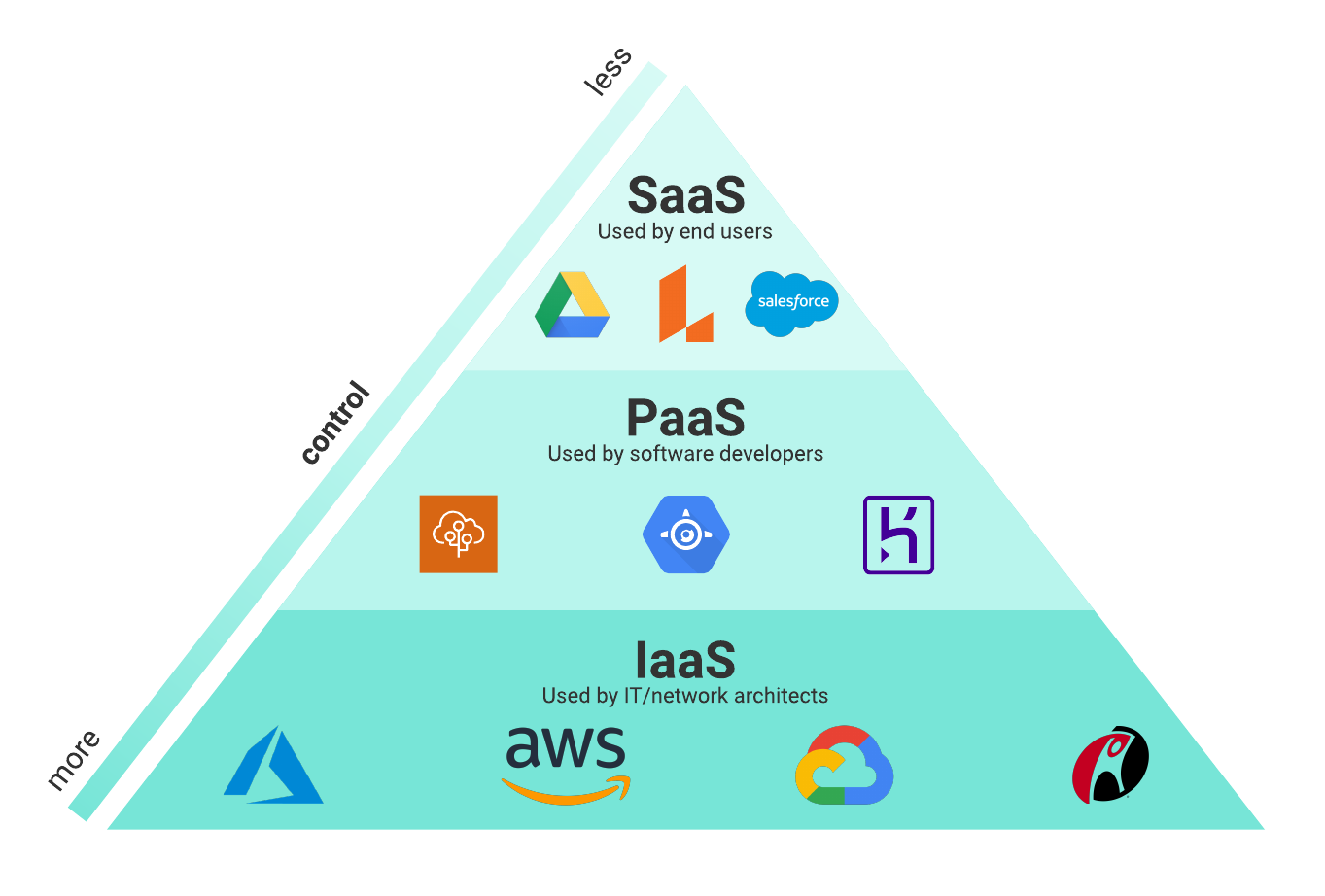LinkDaddy Cloud Services Press Release: Announcing New Characteristic and Enhancements
LinkDaddy Cloud Services Press Release: Announcing New Characteristic and Enhancements
Blog Article
Achieve Seamless Scalability With Cloud Provider
In the ever-evolving landscape of cloud solutions, achieving smooth scalability stands as a foundation for modern-day services seeking to remain versatile and competitive. The pursuit for smooth scalability with cloud services introduces a globe of possibilities for those ready to welcome the transformative power of dynamic resource monitoring.
Benefits of Cloud Scalability
Cloud scalability supplies companies the flexibility to dynamically change sources based on demand, ensuring ideal efficiency and price efficiency. One crucial advantage is the capacity to range resources up or down rapidly in action to fluctuating workloads. This dexterity makes it possible for companies to fulfill transforming client needs without over-provisioning sources, inevitably bring about set you back savings. Scalability likewise boosts efficiency by making certain that systems can handle enhanced web traffic or workload without experiencing downtime or downturns. By effectively alloting sources, companies can keep high degrees of efficiency throughout peak times without unnecessary expenses during quieter periods. Furthermore, cloud scalability promotes advancement and trial and error by enabling services to quickly check originalities and scale them as needed. This flexibility motivates a society of continual renovation and adjustment, allowing organizations to stay affordable in a quickly developing market landscape. Ultimately, the benefits of cloud scalability expand past expense savings to encompass better performance, dexterity, and innovation.
Secret Functions for Scaling
Reliable scaling in cloud solutions relies upon vital features that make it possible for companies to readjust resources dynamically based on demand. One necessary function for scaling is elasticity, enabling resources to scale up or down in response to varying work. This guarantees that organizations can satisfy efficiency demands without over-provisioning sources. Another crucial attribute is scalability, allowing systems to take care of enhanced work by including sources perfectly. This feature is crucial for accommodating growth without endangering efficiency. Furthermore, automation plays a crucial role in scaling by automating the provisioning and de-provisioning of sources based on predefined policies. Automation decreases human treatment, improves performance, and ensures fast action to transforming needs. Monitoring and analytics tools are likewise necessary for scaling, giving insights into resource usage, performance metrics, and prospective bottlenecks. These tools allow companies to optimize and make enlightened choices source allowance for reliable scaling. Overall, these key features collectively empower organizations to achieve smooth scalability in cloud solutions.
Implementing Auto-Scaling Techniques
To effectively maximize source allotment and adapt to differing workloads, organizations have to tactically execute auto-scaling techniques in their cloud solutions facilities. Auto-scaling allows systems to instantly change the number of calculate resources based upon real-time demand. There are various auto-scaling methods that organizations can use, such as anticipating scaling, which uses historic data to anticipate future resource needs, and reactive scaling, which replies to present work modifications.

Best Practices for Scalability
For companies intending to enhance their scalability in cloud services, applying ideal methods is important for optimal efficiency and resource management. One trick finest technique is creating applications with a microservices design. This approach breaks down applications right into smaller, independent solutions that can be deployed, upgraded, and scaled separately, enabling better flexibility and scalability.
An additional essential practice is using containerization innovation, such as Docker or Kubernetes. Containers make it possible for the packaging of applications and their dependences into separated units, making it less complicated to scale elements individually and release them consistently across various atmospheres.
In addition, carrying out automated special info deployment and facilities as code (IaC) can streamline scalability initiatives (linkdaddy cloud services). Automation tools like Terraform or Ansible aid in provisioning and managing sources efficiently, lowering hands-on mistakes and allowing quick scalability
Furthermore, keeping track of efficiency metrics, establishing up notifies, and performing regular capability preparation are important methods to ensure positive scalability monitoring. By adhering to these finest techniques, organizations can attain seamless scalability in their cloud solutions while enhancing efficiency and resource usage.
Tracking Efficiency Metrics
When assessing the effectiveness of cloud solutions scalability, very closely monitoring efficiency metrics is essential for making sure ideal performance and resource allotment. By continuously tracking key performance indications (KPIs) such as action times, throughput, source, and latency usage, organizations can gain valuable understandings into the health and efficiency of their cloud framework. Checking efficiency metrics allows for the early discovery of potential bottlenecks or issues that can affect scalability, enabling aggressive procedures to be taken to resolve them before they rise.

Conclusion
To conclude, achieving smooth scalability with cloud solutions is crucial for companies to enhance performance, boost technology, and preserve high performance degrees during peak times. By leveraging the benefits of cloud scalability, implementing auto-scaling approaches, using essential features such as elasticity and automation, and adhering to finest practices like application design and efficiency tracking, businesses can efficiently scale their systems while optimizing source use and performance.
The quest for seamless scalability with cloud solutions click here to read introduces a world of opportunities for those prepared to welcome the transformative power of dynamic source administration.
Cloud scalability offers organizations the adaptability to dynamically change sources based on demand, ensuring ideal performance and expense performance. One more vital function is scalability, enabling systems to manage increased workload by including sources effortlessly.For companies aiming to improve their scalability important source in cloud solutions, executing ideal practices is vital for ideal efficiency and resource administration.When analyzing the effectiveness of cloud services scalability, carefully monitoring performance metrics is imperative for guaranteeing optimal performance and source allocation.
Report this page